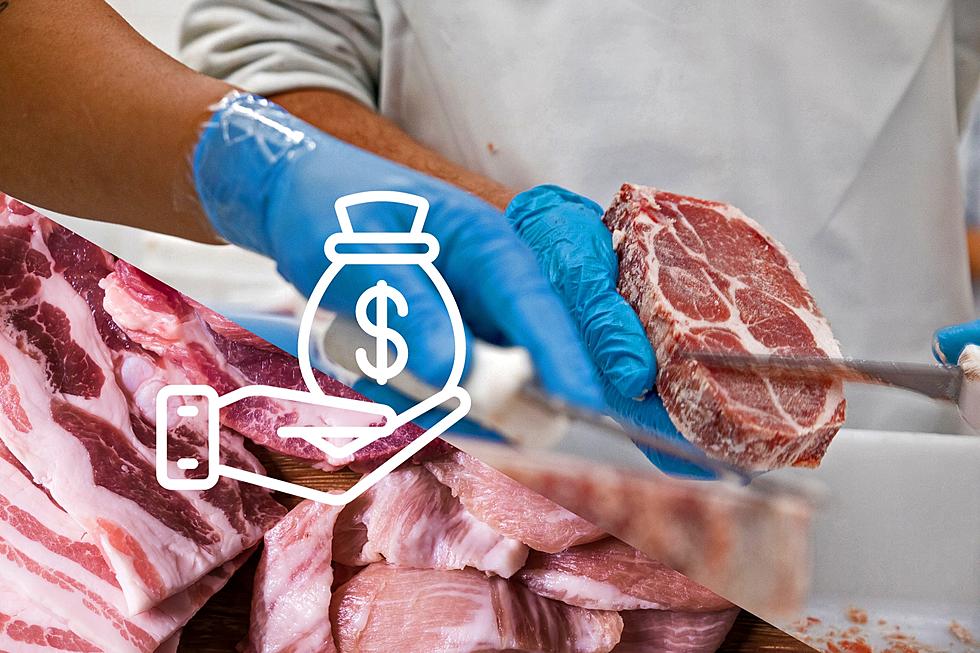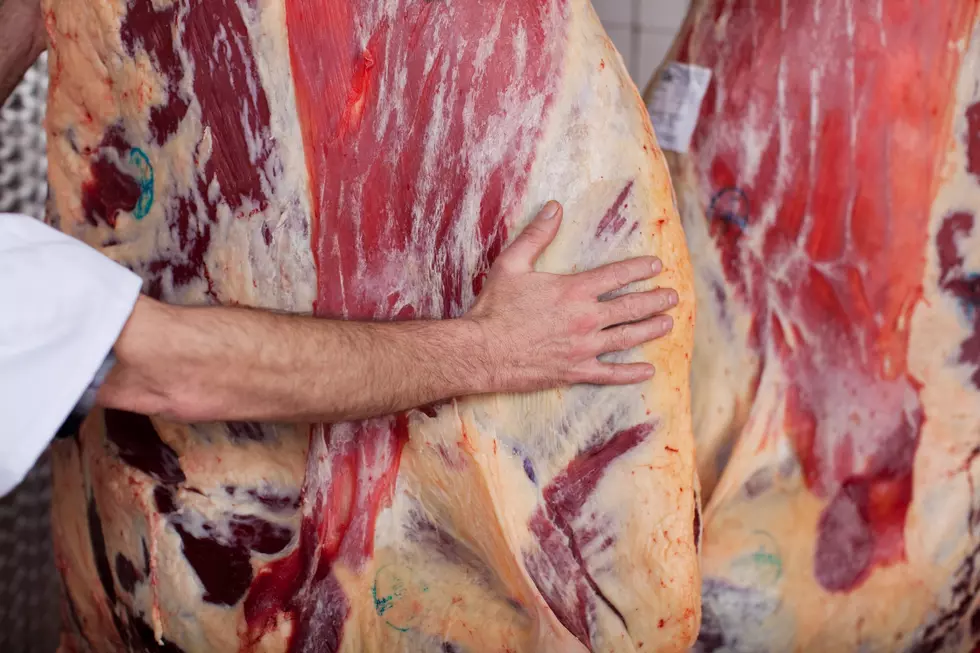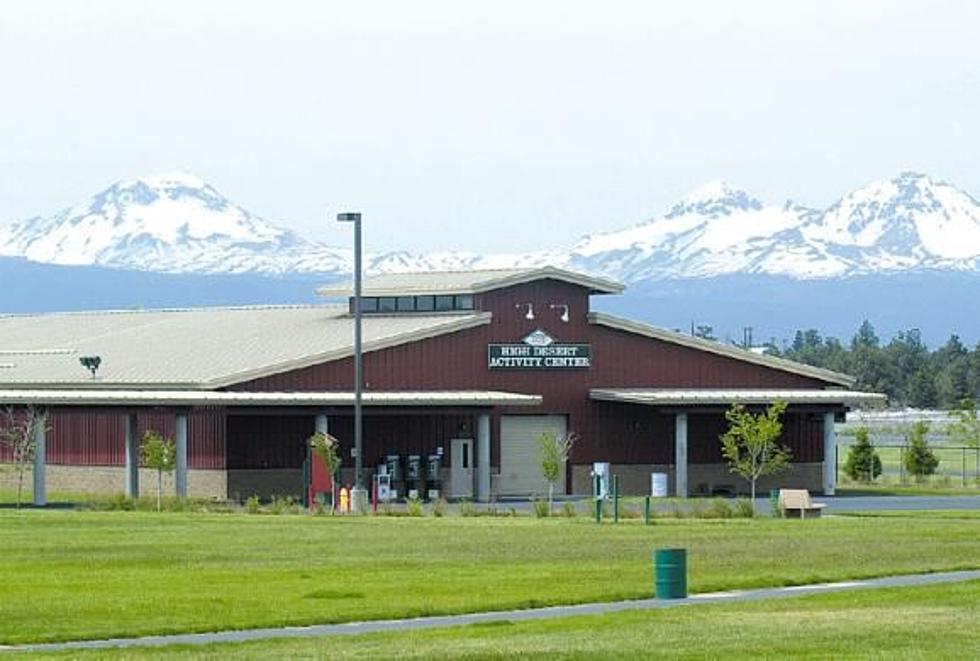
Hook Space Not The Only Issue Producers Are Facing, Mulrony Says
What needs to happen to process more cattle, not only to remove the existing backlog, but also ensure growing demand is met domestically and internationally? Cameron Mulrony, Executive Vice President of the Idaho Cattle Association, said it’s not just about hook space, but also finding people to work in those processing plants.
“If we look at these plants that maybe could run their chain speeds to, let's say 1,500 just for easy math, but because of labor and restrictions placed on distancing, etc. after this pandemic, they’re only running at say 1,000, that’s only about 2/3 of their actual capacity. Could they run the 1,500 capacity? Yes. But now we’ve place restrictions on spacing etc. that have slowed them down, and then it leads to this backlog of fat cattle.”
Mulrony said bottom line the industry needs more ability to process those animals, whether that’s though an increased labor force, more facilities or both. And he noted Idaho is in good shape when it comes to facilities, with new ones coming online in Idaho Falls and Jerome.
What role does automation play when it comes to processing those cattle quickly?
Mulrony says automation that can be done, for the most part is already taking place. And he noted that automating the cuts would be difficult, and not necessarily beneficial to the producer or the consumer.
“We might have two 1,000-pound carcasses hanging there, but the rib length; you know I love some length in my cattle, well if they automatically cut at the same height every time and that cut goes with the hind quarter, it’s got less value then if it goes with the middle meats. So, that’s the hard part. You need a live person there, with a good training and good ability to disseminate where the proper cut comes in, to make sure the highest value goes with that portion of the carcass.”
Mulrony stressed for all parties involved those cuts need to be done correctly.
If you have a story idea for the PNW Ag Network, call (509) 547-1618, or e-mail gvaagen@cherrycreekmedia.com
More From PNW Ag Network









